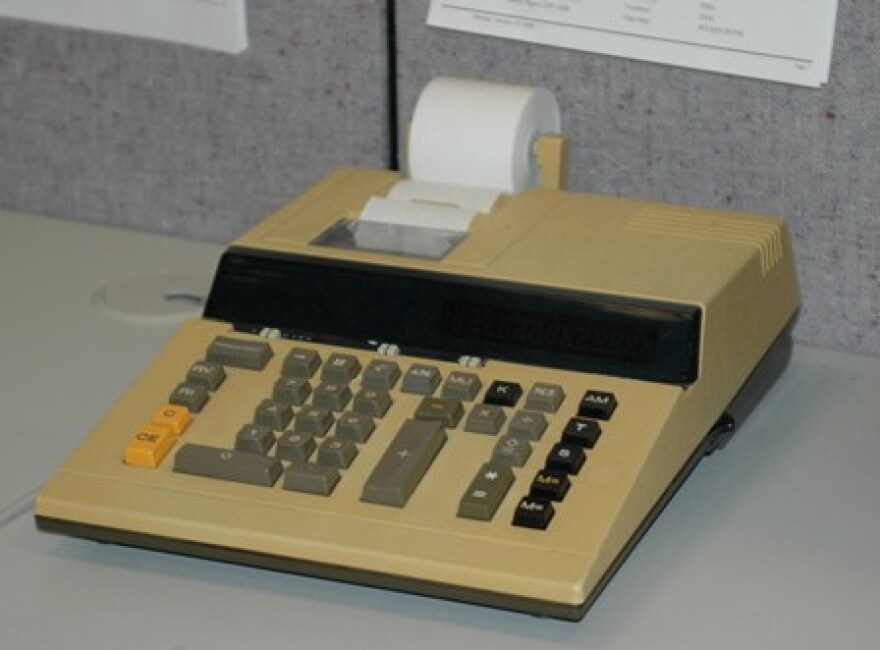A new report from Michigan’s Auditor General shows problems with determining eligibility for some public assistance programs.
In 2008, Auditor General Thomas McTavish recommended D-H-S come up with system to reduce the number of errors it made and improve payment accuracy for three public assistance programs: the Family Independence Program (FIP), the Child Development and Care program (CDC), and the Medical Assistance (MA) program.
DHS says it implemented a robust system to identify errors.
But the latest Auditor General report still shows a high error rate for two of the programs: the CDC error rate in 2010 was 72%; the FIP error rate was 77%. (The error rates in 2008 were 36% and 60% respectively.)
Melinda Hamilton is with the auditor general’s office. She says "those error rates are still substantial, and there’s still some work that needs to be done."
Josh Larsen is with Michigan's Department of Human Services. He says not all the errors impacted a client’s eligibility for services or benefits:
"I don’t want to downplay the importance of that or how seriously we take that error rate and how much we have put efforts in to improve that and lower that error rate. However what I want to make clear is that a lot of these errors can be simply administrative or clerical issues."
Larsen says DHS didn’t fully implement its new system to check for errors until 2010. So he expects 2011 numbers will reflect fewer problems. He cites a 29% error rate for the CDC program for the first three months of 2011 as an example of how the new system is, in fact, working.
The next audio report will be released in September of 2013.




